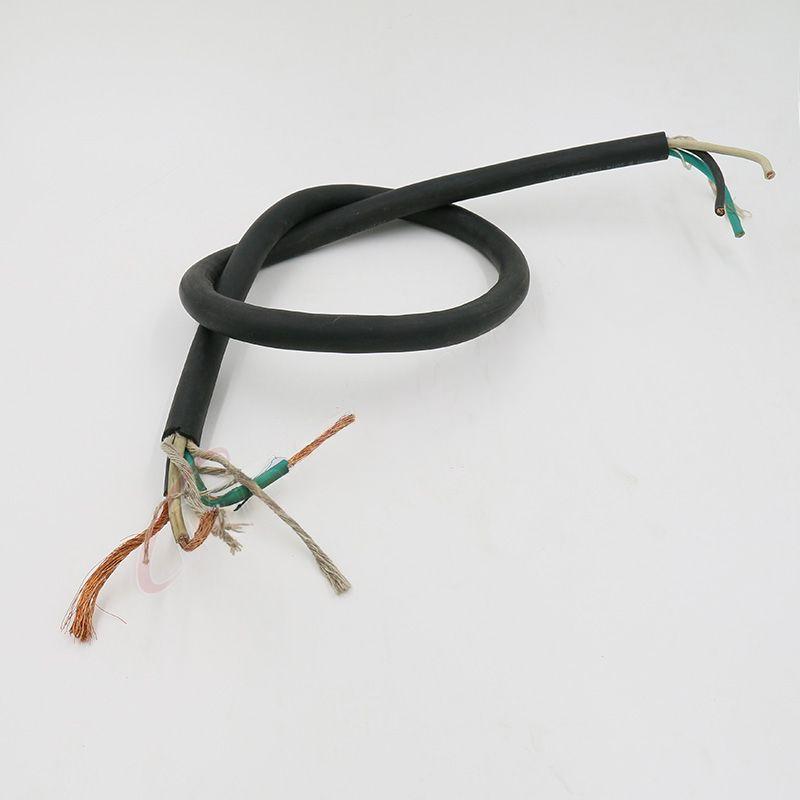dec . 03, 2024 13:49 Back to list
flange butterfly valve
Flange Butterfly Valve An Overview
The flange butterfly valve is a crucial component in various industrial processes, primarily designed for fluid control in piping systems. Known for its simplicity and efficiency, the butterfly valve has gained popularity in applications ranging from water treatment and chemical processing to HVAC systems and power generation.
Basic Structure and Functionality
At its core, a flange butterfly valve consists of a disc that is mounted on a rotating shaft. This disc, often referred to as the butterfly, is positioned in the middle of the pipeline. When the valve is in the closed position, the disc is perpendicular to the flow, effectively blocking it. Conversely, when the valve is opened, the disc rotates parallel to the flow direction, allowing fluid to pass through. The term flange refers to the valve's ability to connect to piping via flanged ends, which are raised edges designed to facilitate a secure and leak-proof attachment.
Types of Flange Butterfly Valves
Flange butterfly valves come in various designs, including resilient seated, high-performance, and triple eccentric models.
1. Resilient Seated Butterfly Valves These valves have a soft rubber seat that provides a tight seal when closed. They are generally used in water treatment and low-pressure applications due to their cost-effectiveness and simplicity.
2. High-Performance Butterfly Valves Designed for applications involving higher pressures and temperatures, these valves typically feature a metal seat. They offer better sealing capabilities and can handle a wider range of operating conditions.
3. Triple Eccentric Butterfly Valves Often used in high-pressure and high-temperature applications, these valves have a unique design that reduces friction between the disc and seat, increasing durability and performance. The triple eccentricity refers to the geometry of the valve's design, which allows for smoother operations and less wear over time.
Advantages of Flange Butterfly Valves
One of the primary advantages of flange butterfly valves is their lightweight design, which makes them easier to handle and install compared to other types of valves. Their compact size also allows for space-saving installations in piping systems, a crucial factor in industrial settings where space might be limited.
flange butterfly valve

The operational efficiency of butterfly valves is another significant advantage. They can be quickly opened or closed with just a 90-degree turn of the handle or actuator. This quick operation reduces downtime and enhances the overall efficiency of fluid control within a system.
Furthermore, flange butterfly valves have lower pressure drops compared to other valve types
. This characteristic is especially beneficial in systems where maintaining pressure is critical, such as in water and gas pipelines.Applications
The versatility of flange butterfly valves makes them suitable for a wide range of applications. In water treatment plants, they are commonly used to regulate the flow of water through various stages of treatment. In the chemical industry, they serve to control the flow and pressure of corrosive liquids and gases, thanks to their robust materials and reliable sealing capabilities.
In HVAC systems, flange butterfly valves regulate airflow and modify temperature distribution, optimizing energy efficiency. In power generation, especially in steam systems, they are used to control steam flow, ensuring safety and efficient operation.
Maintenance and Considerations
While flange butterfly valves are known for their durability, regular maintenance is essential to ensure long-lasting performance. It's important to inspect the valve for wear, especially the seating surfaces and seals, as these areas are critical for preventing leaks. Lubrication of the stem might also be necessary to ensure smooth operation.
When selecting a flange butterfly valve, factors such as the size, pressure rating, temperature range, and the type of fluid being controlled should be considered. Understanding the specific requirements of your application will help choose the right type of valve to ensure optimal performance.
Conclusion
In conclusion, flange butterfly valves are vital components in the fluid control landscape, offering efficiency, reliability, and versatility across various industries. Their simple yet effective design, combined with the ability to adapt to different operating conditions, makes them indispensable in modern piping systems. Whether you are involved in water treatment, chemical processing, or HVAC operations, understanding the nuances of flange butterfly valves will help you make informed decisions for optimal system performance.
Share
-
Advanced Technology in Wire and Cable FactoryNewsAug.19,2025
-
Applications of Ball Check Valve in Water Treatment PlantsNewsAug.19,2025
-
How Osy Gate Valve Ensures Leak - Tight SealingNewsAug.19,2025
-
Selection Criteria for Wafer Type Butterfly ValveNewsAug.19,2025
-
Threaded Ball Valve Pressure RatingsNewsAug.19,2025
-
Y Strainer PN16 Cost - Effectiveness AnalysisNewsAug.19,2025


